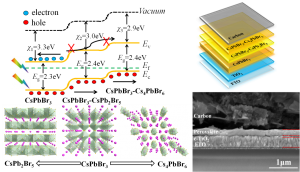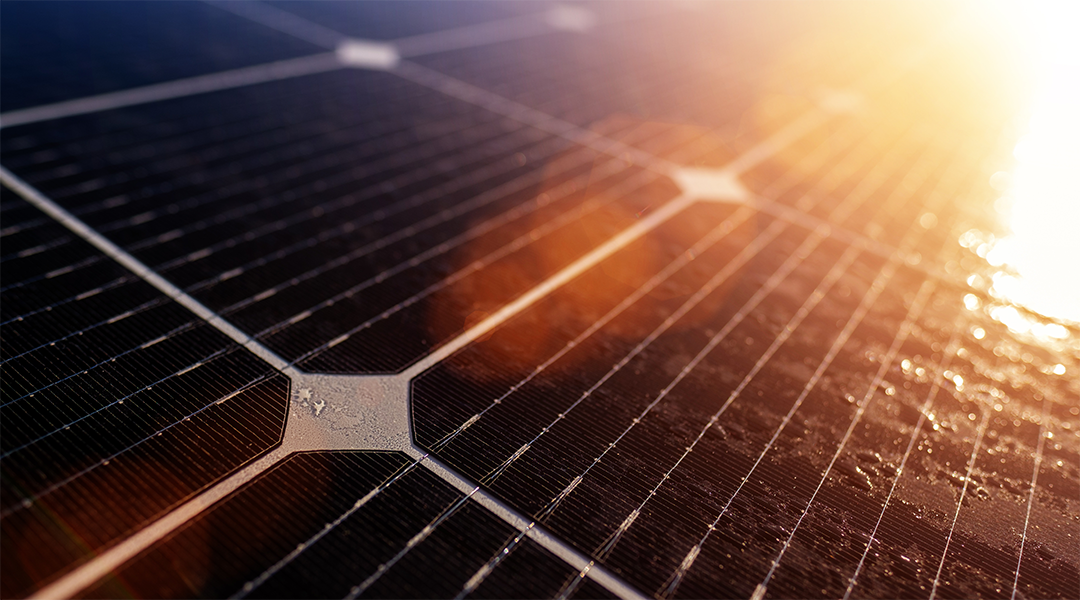The appearance of perovskite solar cells about ten years ago has been a breakthrough in solar energy conversion. Despite high progress in efficiency that has been achieved in recent years, poor stability of these cells is still a crucial bottleneck for any practical deployment.
“Different from hybrid perovskite solar cells, the inorganic counterparts exhibit long-term stability against humidity and thermal stress, but the lower efficiency of less than 10% still limits their practical application due to high carrier recombination and limitations of the light harvesting efficiency,” says Dr. Guoqing Tong, an investigator at Hefei University of Technology.
To overcome recombination at the interface of the devices and to realize long-term stability, the researchers designed a gradient architecture by integrating derivatives and an inorganic perovskite CsPbBr3 film.
There are two kinds of derivative phases of CsPbBr3 which show a reversible phase transition. Therefore, the derivative phases can be grown in-situ on the surface of the CsPbBr3 film, in order to construct a gradient band gap architecture. High efficiencies of hole extraction and electron blocking ensure a power conversion efficiency of 10.17% for the all-inorganic CsPbBr3 solar cells.
“We use carbon paste as counter electrode prepared by blade coating to replace the gold electrode and organic transport layer,” says Prof. Yang Jiang, who is the principle investigator at the School of Materials Science and Engineering.
“It can effectively reduce the cost and pave a new strategy towards high efficiency, low cost and large-scale application.”
Kindly provided by the authors, and edited by Stefan Hildebrandt.

















